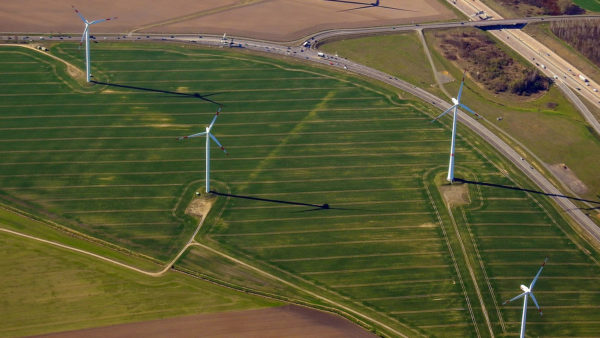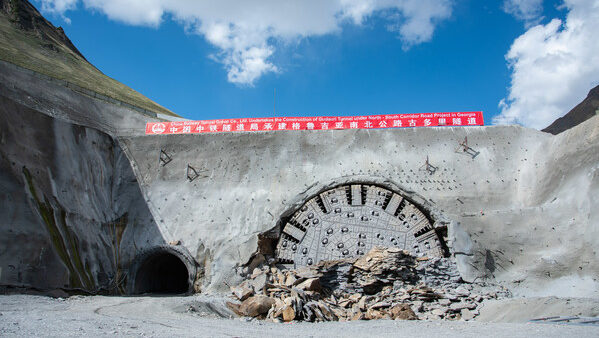Danish engineer Ramboll has been given an unusual task as part of a €1.5bn ($1.6bn) project to build the world’s largest optical telescope in northern Chile. Its job will be to transport 900 mirrors from factories in Europe to the top of the 3-km-high Cerro Armazones mountains in the Atacama desert.
In 2013, Ramboll was chosen as consultant for the procurement and construction process, and now the client agency, European Southern Observatory (ESO), also wants Ramboll to identify, assess the risks and formulate a strategy for the logistic operation.
"Transporting such structures over land, sea and partly by air takes very sophisticated operations in itself. A large part of the mission is to understand precisely how such a telescope works," said HÃ¥vard Gaustad Harbo, a senior management consultant at Ramboll, in a press notice.
Once the mirrors arrive on site, they will be assembled into the 39-m-diameter mirror of the European Extremely Large Telescope (EELT), which will gather 13 times more light than the largest optical telescopes existing today.
It is fitted with "adaptive optics" that allow lasers to assess the degree of atmospheric distortion above the telescope and adjust the mirror to cancel it out. This, it is thought, will provide images 16 times sharper than those from the Hubble Space Telescope.
To add to the problem of transporting the delicate, 1.4m hexagonal mirrors, most are differently sized, and have to be fitted together in a precise sequence. HÃ¥vard Gaustad Harbo said the task was further complicated by the fact that many of the major components to the telescope had not even reached the drawing board stage yet.
The telescope is being built by the ACe consortium, which is led by Italian engineering contractors Astaldi Construction and Cimolai.
At a signing ceremony carried out at the city of Garching in May, Paolo Astaldi, chairman of Astaldi, said: "This project is truly visionary, both in what it represents for the field of astronomy and for construction and engineering."
As well as the mirror, the contract includes an 85-m-diameter rotating dome, with a total mass of 5,000 tonnes, and a telescope mounting and tube structure, which has a mass of 3,000 tonnes. Both of these dwarf all existing optical and infrared telescopes.
The aim of the telescope is to study exoplanets, the first objects in the universe, super-massive black holes and the nature and distribution of the dark matter and dark energy. It is due to become operational in 2024.
A live webcam of the EELT site can be seen here.
Image: The Milky Way, seen from the ESO’s Paranal telescope in the Atacama desert (ESO)










